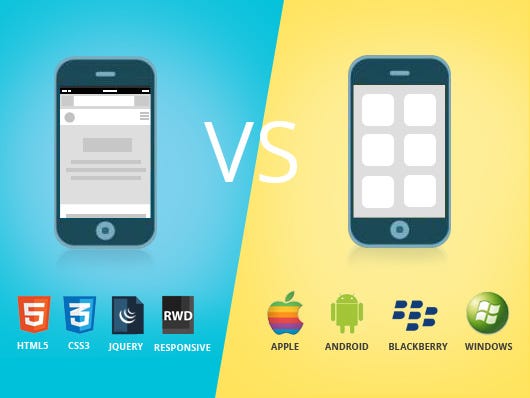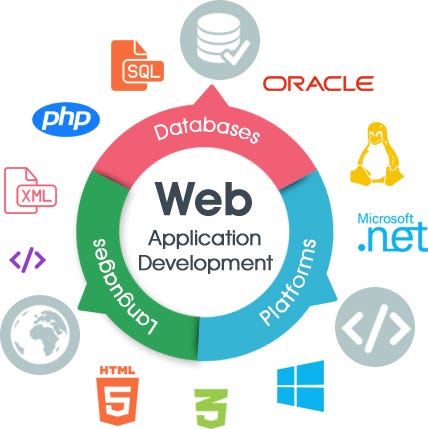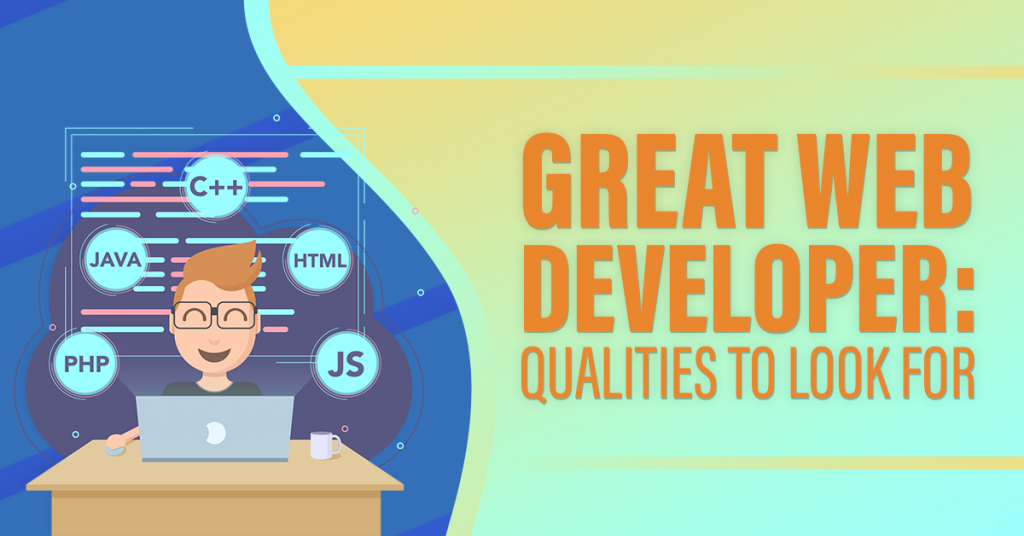
There is a common misconception about the native mobile apps and web apps being the same thing — but actually, the two are very different. Not only are there differences for the user; they are also developed and deployed differently, so it is important not to get the two confused. But what is the difference between a mobile app and a web app? Here we discuss. Techimpero is committed to supplying the best Web development service in Delhi and also other services which includes website designing, mobile app development, web app development and a lot of designing technologies. We have gathered a professional engineering and sales team to serve global clients.
Native mobile apps are built for a specific platform, such as iOS for the Apple iPhone or Android for a Samsung or any other device. They are downloaded and installed via an app store and have access to the system resources, such as GPS and camera function. Mobile apps live and run on the device itself. Snapchat, Instagram, Google Maps and Facebook Messenger are some examples of popular mobile apps.
Web apps, on the other hand, are accessed via internet browser and will adapt to whichever device you are viewing them on. They are not native to the particular system, and do not need to be downloaded or installed. Due to their responsive nature, they do indeed look and function a lot like the mobile apps — and this is where the confusion arises.
Let’s consider the Yelp native app vs. the Yelp.com web app. If you install Yelp app on your mobile and then access Yelp.com via browser on your phone, you will notice that the web app has been made to look and feel like the native mobile app: it turns your browser bar red, and when you scroll down, locks the search bar in the place. While the designs are similar and follow the same fonts and color schemes, these are essentially two different products. Web apps need an active internet connection in order to run, whereas mobile apps may work offline. Mobile apps have the advantage of being faster and more efficient, but they do require the user to regularly download the updates. Web apps will update themselves.
Above all, mobile apps and web apps are designed and built very differently. To further differentiate between the two, it helps to understand how each is developed.
How do mobile apps build?
Mobile apps are more expensive to develop than web apps, and because they are platform-specific, launching an app across different platforms pretty much means starting from scratch in terms of design and development. However, they are much faster, and more advanced in terms of features and functionality.
Native mobile apps are built by using specific languages and Integrated Development Environments (IDE) depending on the intended platform. Apple devices run on the iOS native operating system, so Apple apps are built using either the Objective-C or Swift, and the Xcode IDE. Native apps for Android are written in Java and are commonly built by using the Android Studio or Eclipse IDE.
How do web apps build?
Web apps tend to be built using JavaScript, CSS and HTML5. Unlike the mobile apps, there is no standard software development kit for building web apps. However, developers do have access to templates. Compared to mobile apps, the web apps are usually quicker and easier to build — but they are much simpler in terms of features.
Also Read: Types of Web Development/Developer Services
Mobile apps vs. web apps: The pros and cons
Now we know the fundamental differences between mobile and the web apps, we can recap the pros and cons of each:
Native mobile apps
Pros:
Faster than web apps
Greater functionality as they have access to system resources
Can work offline
Safe and secure — native apps must first be approved by the app store
Easier to build due to the availability of developer tools, interface elements and SDKs
Cons:
More expensive to build than web apps
Compatibility with different platforms (i.e. iOS and Android) usually means designing and building the app from the scratch
Expensive to maintain and update
It may prove difficult to get a native app approved by the app store
Web apps
Pros:
Do not need to be downloaded or installed — web apps function in-browser
Easy to maintain — they have a common codebase regardless of mobile platform
Will update them
Quicker and easier to build than mobile apps
Do not require app store approval, so can be launched quickly
Cons:
Do not work offline
Slower than mobile apps and less advanced in terms of features
May not be as discoverable as mobile apps as they are not listed in a specific database, such as the app store
Quality and security is not always guaranteed — web apps don’t need to be approved by the app store




